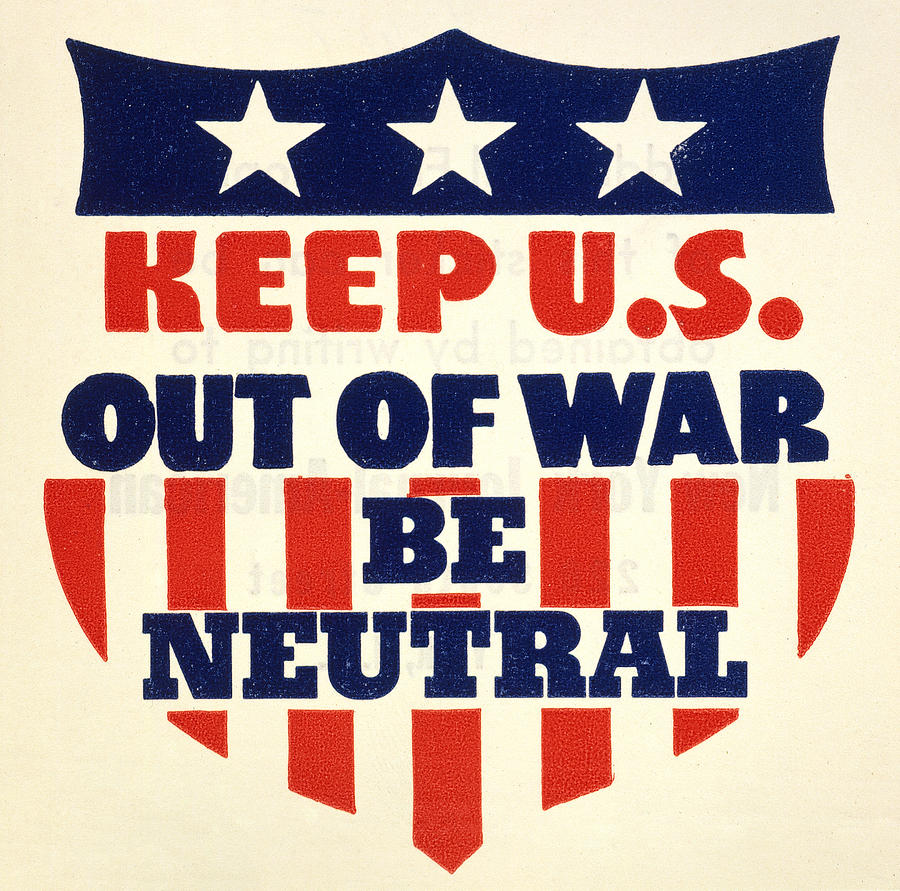https://upload.wikimedia.org/wikipedia/commons/f/f0/Washington%27s_Farewell_Address.jpg
LAD #7: Washington's Farewell Address
Washington's Farewell Address can be broken into two main sections. In the first, Washington explains his reasoning for retiring from the Presidency. He explains that he believes that it is the right time for him to step down, unlike after his first term, which ended at a time in which consistency was needed. He also states that he believes he is not the most qualified man for the job. The final thing he does in this section is thank the American people for their support of him, and state that without them, he would not have been able to accomplish the things he did. In the second part of his speech, Washington gives the people of America some advice for the future. He makes two mains points. The first is that America must remain united. He mentions how the government is the cornerstone of the nation, and how without it liberty would cease to exist in America. He also talks about how the economy of the United States is dependent on all sections of the country. Washington warns against faction in America, both geographically and politically, and states that faction could decrease unity in the U.S. without which they are weaker in foreign affairs. He also asks the citizens to always support the Constitution, changing it when necessary, and to make sure that the power of government is always split between the three branches. The second main point that Washington stresses is maintaining a policy of neutrality abroad. He recommends that America keeps foreign relations to trade. He also recommends that the U.S. refrain from having allies, or treating some nations better than others. He warns the people of getting entangled in permanent alliances, and states that temporary alliances should be made only when absolutely necessary. Finally, Washington finishes his address by stating that he is excited to take his place as a normal citizen of the United States.
https://upload.wikimedia.org/wikipedia/commons/1/18/Franklin_D._Roosevelt_-_NARA_-_196715.jpg
Washington's Farewell Address reminded me of Franklin Delano Roosevelt because FDR was the first and only president to serve for more than two terms.















